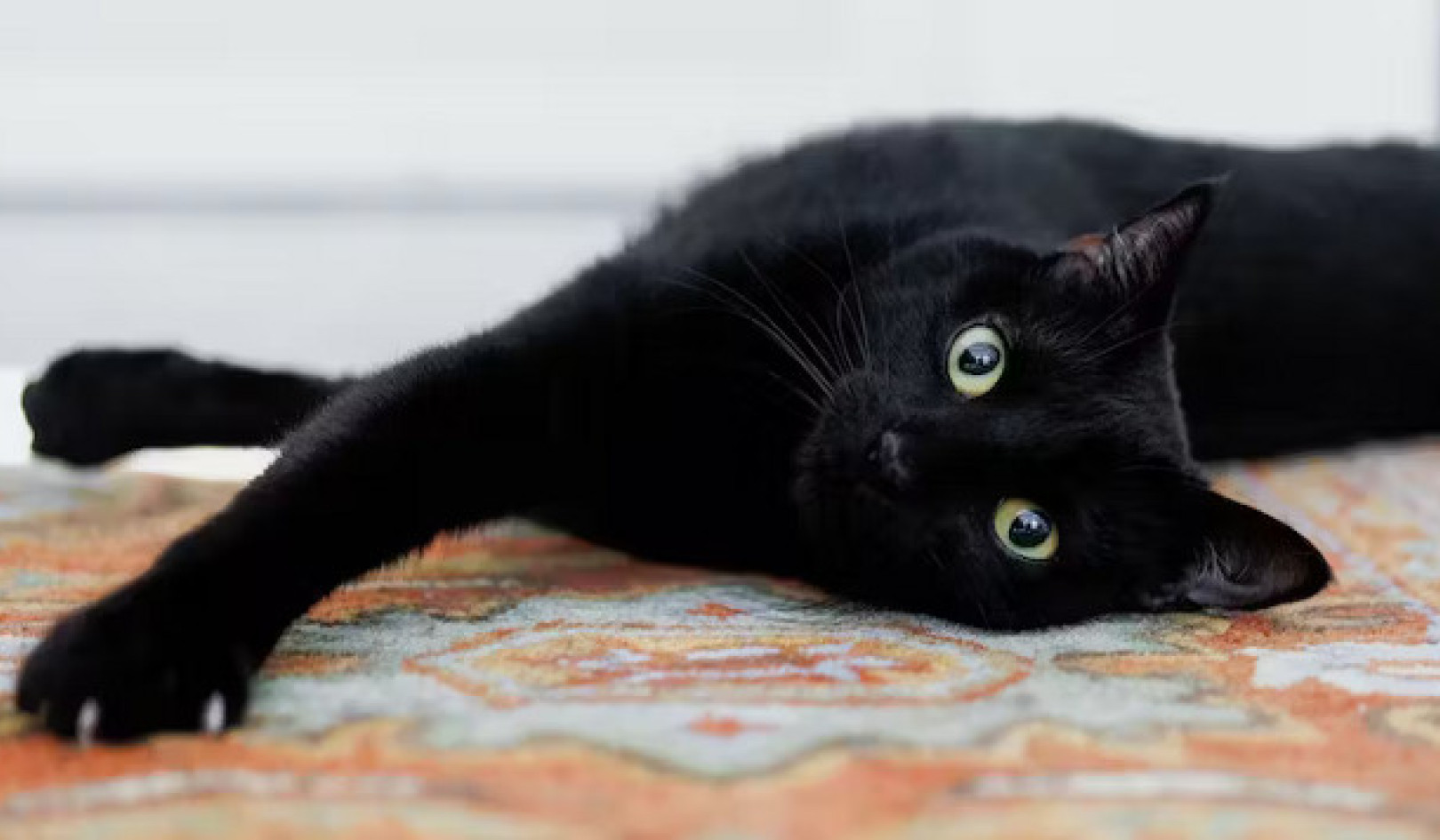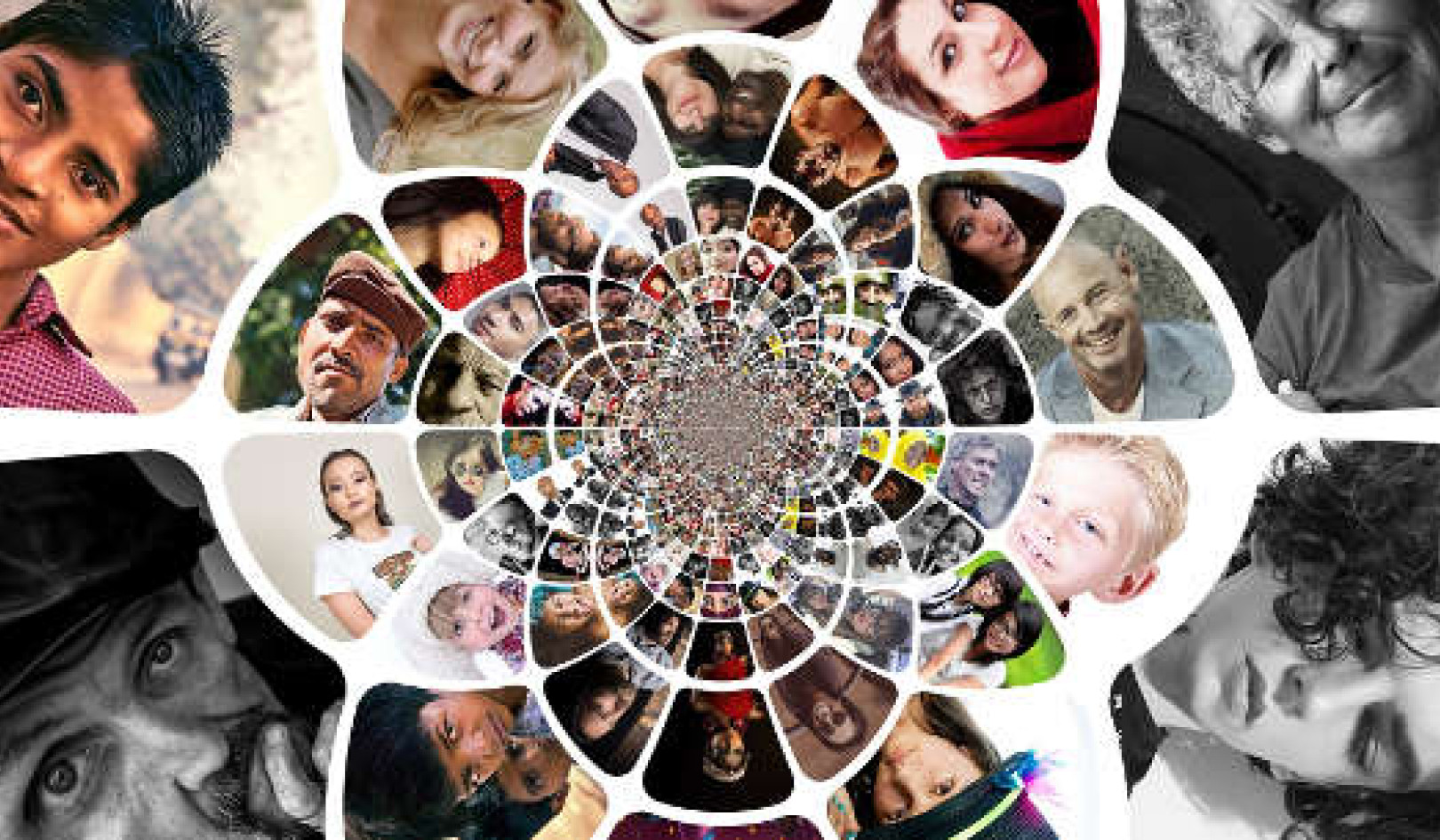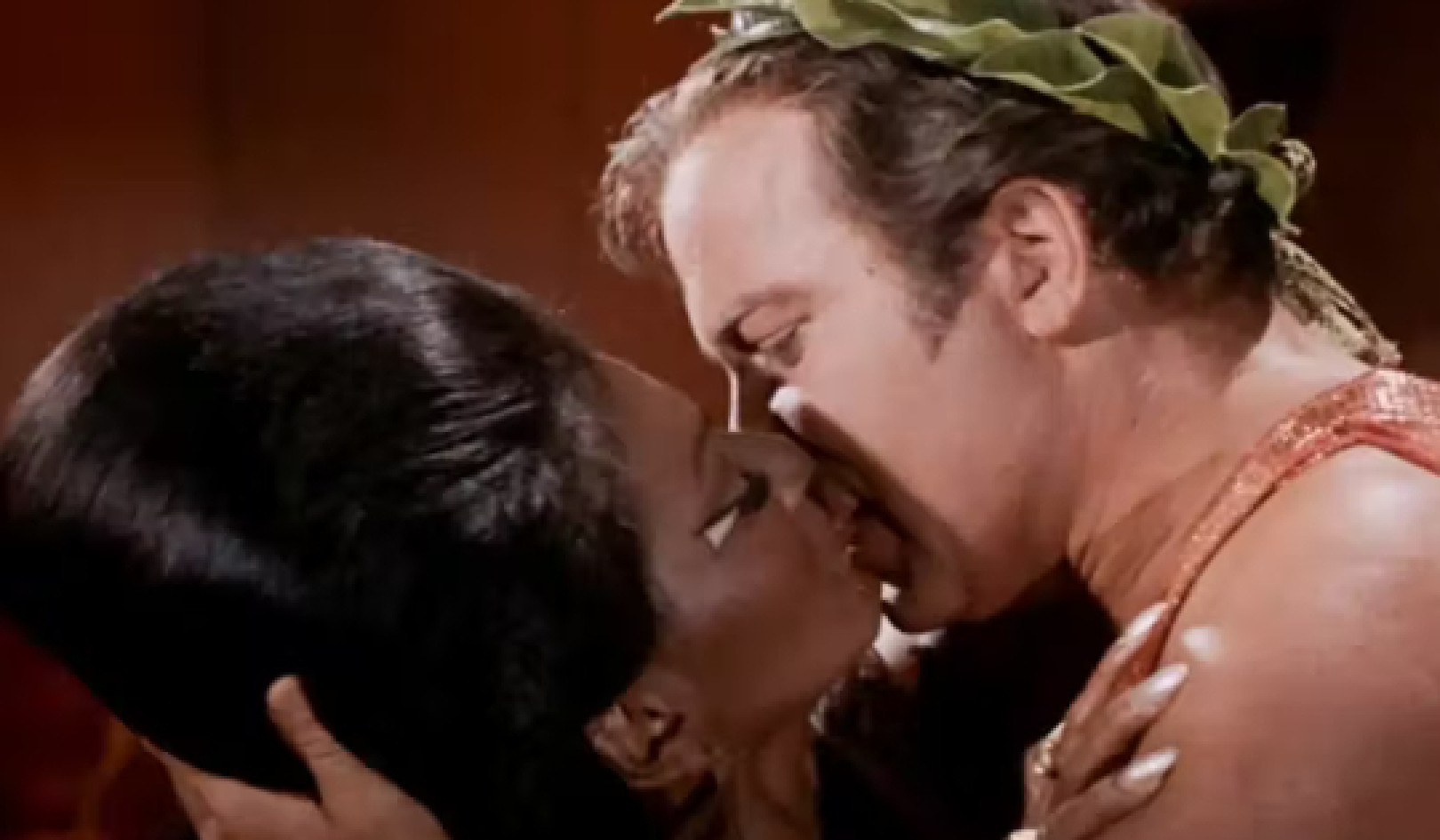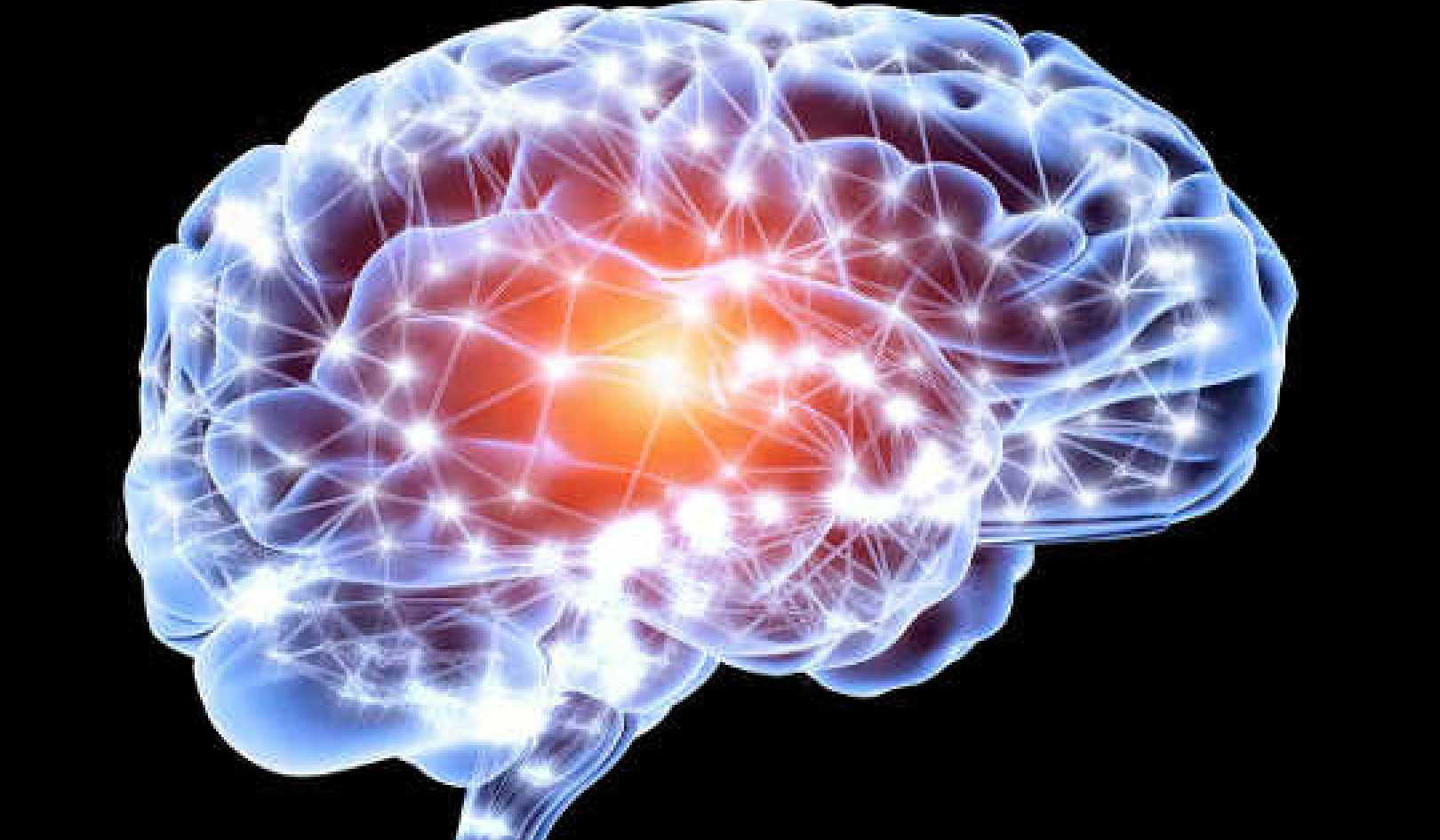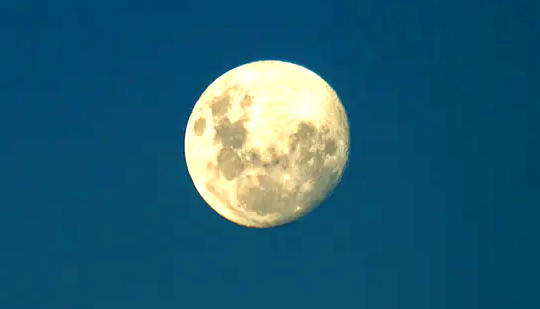
Shutterstock
If you stepped outside on the weekend and thought, “Gosh, the full moon looks nice tonight”, you are not alone.
According to Google Trends, Moon-related searches are up by more than 60% over the past week in Australia, led by Western Australia and Queensland.
Technically, the Moon is currently “waning gibbous” which means the moment of maximum fullness has passed, and it’s now starting to look smaller. But it’s still quite spectacular.
As someone teaching first-year astronomy at the moment, where much time is spent discussing the Moon, here are my answers to some of the most common recent Moon questions.
1. A full moon is how many times brighter than a half moon?
You might think a half moon (first quarter or last quarter, depending on where you are in the phases) is half as bright as the full moon. However, if you add up all the light being reflected from the Moon to us here on Earth, a half moon is a fair bit less than half as bright as the full moon. In fact, the full moon is roughly six times brighter than the half moon.
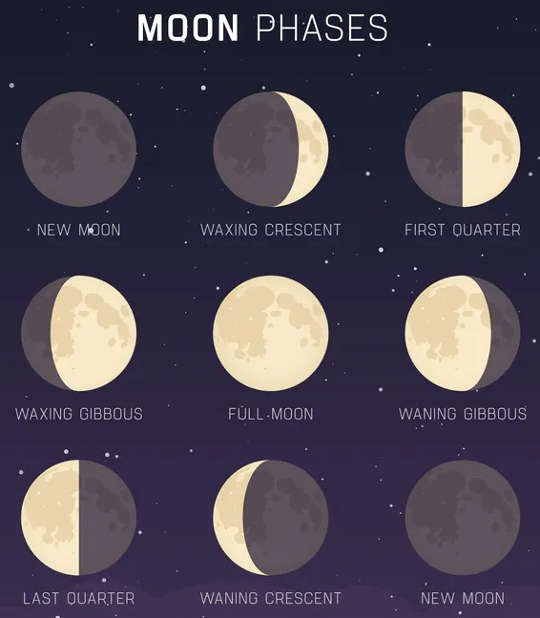 Phases of the Moon. Shutterstock
Phases of the Moon. Shutterstock
The main reason for this comes down to shadows. When the Moon is full, the Earth is between the Sun and the Moon. So when you look at the Moon rising in the evening, the Sun has just set, behind your back.
That means the side of the Moon facing Earth is fully illuminated. With the Sun at our backs, shadows cast by objects on the Moon are pointing away from us, hidden from view. So we see the maximum amount of the Moon lit up, nice and bright.
At half moon, however, the Sun is shining onto the Moon from one side so the craters, mountains, rocks and pebbles on the Moon all cast shadows. That reduces the amount of the Moon’s surface that’s lit up, so less light is reflected towards us than you’d otherwise expect.
Interestingly, the actual surface of the Moon isn’t that reflective. If the Moon and Venus were side by side and you zoomed in to look at the surface brightness of a patch on Venus and compared it with the surface brightness of a patch on the Moon, you’d see the patch on Venus is brighter. It’s more reflective because Venus has a lot of clouds that help reflect light back to Earth.
But because the Moon is closer to Earth, it looks bigger than Venus, so the total amount of light that is reflected back to us is bigger. When you look up at night, the Moon will seem much brighter than Venus.
There’s one extra reason the full moon is extra bright - and it’s called the opposition surge. When the Moon is full (or almost full), the surface we see appears to be a little bit brighter than at all other times.
While the fact that shadows are hidden is part of the puzzle, that isn’t enough to explain all of the brightening of the Moon in the day or so around full moon. The “opposition surge” is the final piece in the puzzle that makes the full moon so much brighter than the half moon. It’s something we see in all other rocky and icy objects in the Solar system, too.
2. Why is the Moon bright?
At the time of writing, we’re within 24 hours of full moon, so it looks big and bright in the sky. It looks so much bigger than everything else in the night sky because it’s near us, and so bright because it’s reflecting light from the Sun.
But the Moon is moving away from Earth at almost 4cm per year. In the olden days, it would have been even bigger and brighter. It would have been much closer to Earth if we’d been around when Earth was young. However, the Sun was a fair bit less luminous back then, so it’s hard to say exactly how bright the Moon would have been.
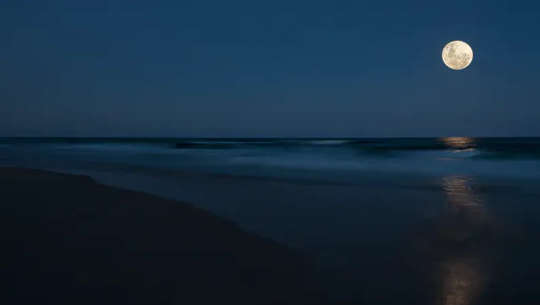 In the olden days, the Moon would have been closer to Earth than it is now. Shutterstock
In the olden days, the Moon would have been closer to Earth than it is now. Shutterstock
3. Is Easter a full Moon?
No. Easter is the first Sunday after the first full moon after the March equinox.
The March equinox is the point in the year when the Sun crosses the Equator in the sky, passing from the southern hemisphere to the northern hemisphere.
To astronomers, this is the start of the northern hemisphere’s spring; for those of us in the southern hemisphere, it marks the start of astronomical autumn. The March equinox typically falls around March 21.
The time between two consecutive full moons is roughly 29.5 days. This means the date of Easter can move around quite a lot.
4. What is the worm Moon?
This is a US thing. According to US reports, the name might refer to earthworms appearing in the soil as the weather warms in the northern hemisphere. It’s been reported this reflects detail from Native American knowledge systems.
It’s important we recognise traditional astronomy, but it’s worth noting this naming convention comes from Native American culture rather than our own Indigenous cultures.
5. How long does a full moon last?
Technically, the exact “moment” the Moon is fullest is the moment it is exactly opposite the Sun in the sky. That happens once every 29 days or so. It is the moment the Moon is most illuminated.
So how long does that last? In reality, it is a split second - the moment of maximum fullness is fleeting.
Either way, if you saw the full moon and thought it might be a nice night to go on a date, you probably have a couple of days left when the Moon will still look impressive and amazing in the sky.
 About the Author
About the Author
Jonti Horner, Professor (Astrophysics), University of Southern Queensland
This article is republished from The Conversation under a Creative Commons license. Read the original article.
books_science



















